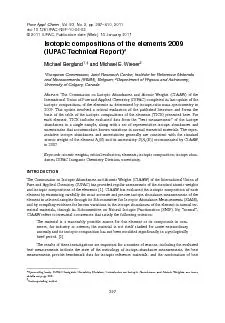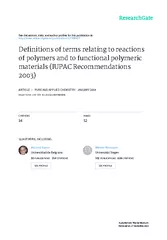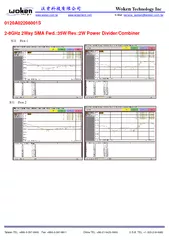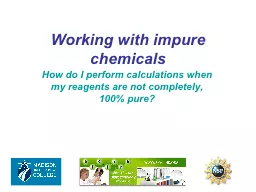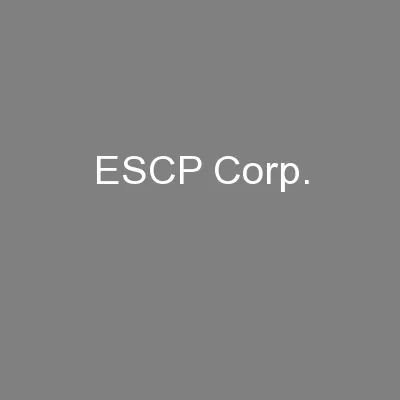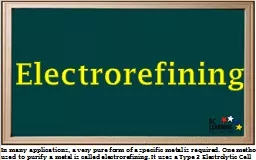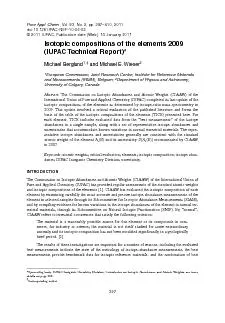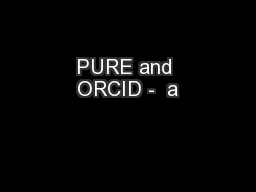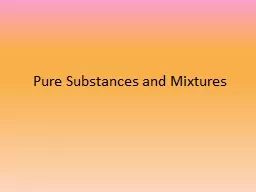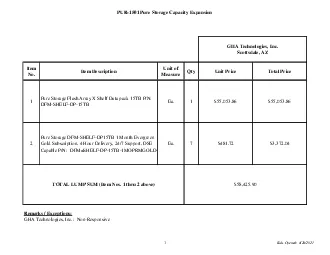PDF-Pure Appl. Chem., Vol. 83, No. 2, pp. 397
Author : cheryl-pisano | Published Date : 2015-08-19
397 Sponsoring body IUPAC Inorganic Chemistry Division Commission on Isotopic Abundances and Atomic Weights see moredetails on page 408 measurements and documented
Presentation Embed Code
Download Presentation
Download Presentation The PPT/PDF document "Pure Appl. Chem., Vol. 83, No. 2, pp. 39..." is the property of its rightful owner. Permission is granted to download and print the materials on this website for personal, non-commercial use only, and to display it on your personal computer provided you do not modify the materials and that you retain all copyright notices contained in the materials. By downloading content from our website, you accept the terms of this agreement.
Pure Appl. Chem., Vol. 83, No. 2, pp. 397: Transcript
Download Rules Of Document
"Pure Appl. Chem., Vol. 83, No. 2, pp. 397"The content belongs to its owner. You may download and print it for personal use, without modification, and keep all copyright notices. By downloading, you agree to these terms.
Related Documents

